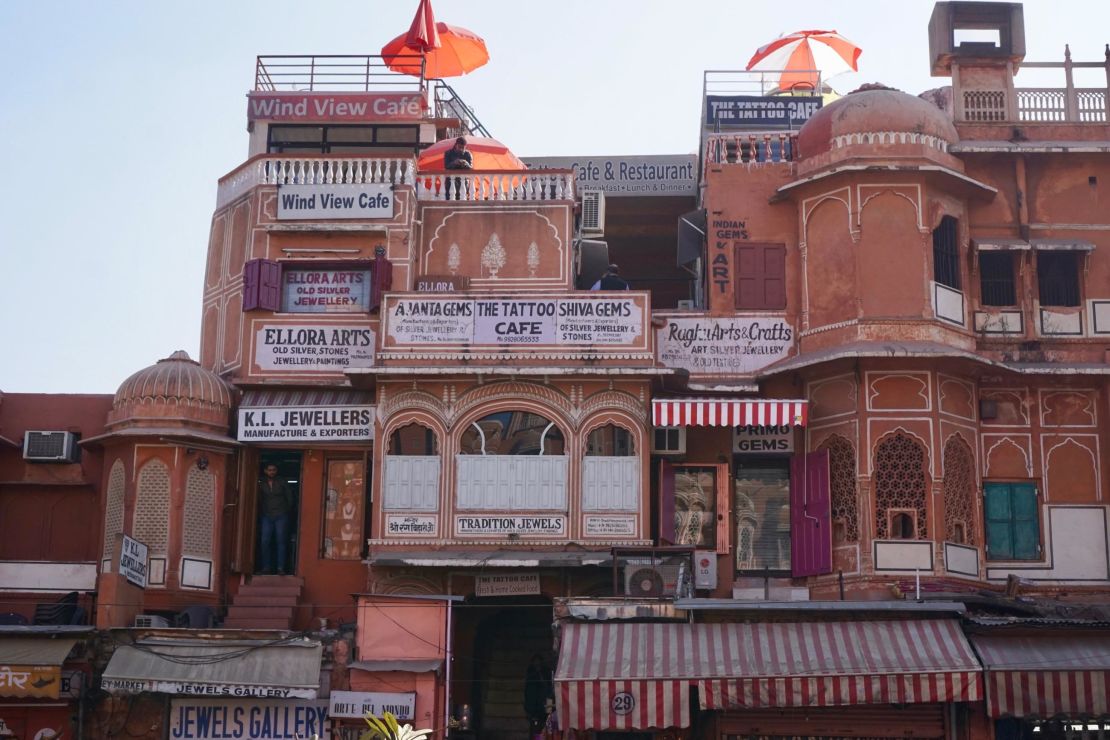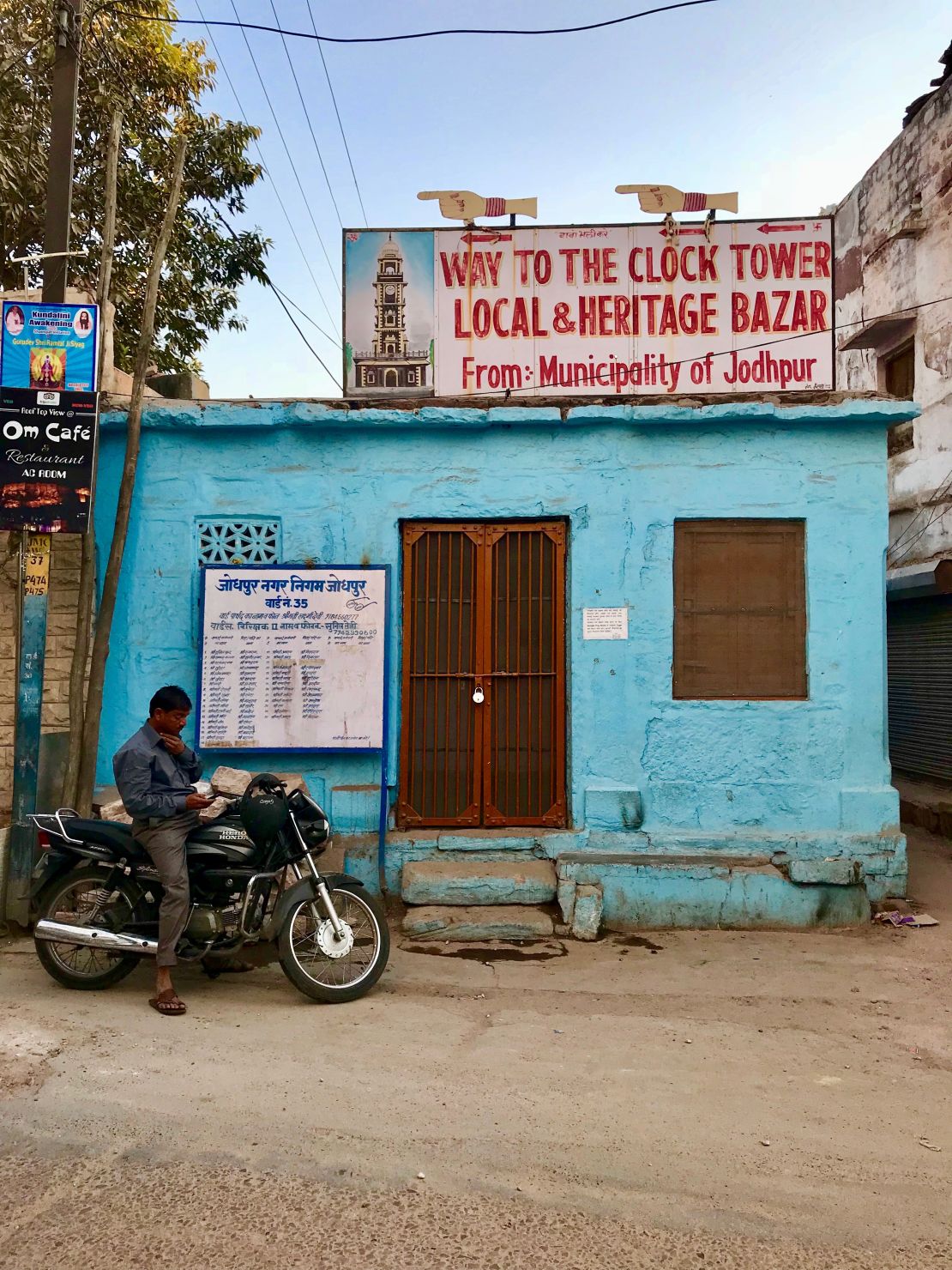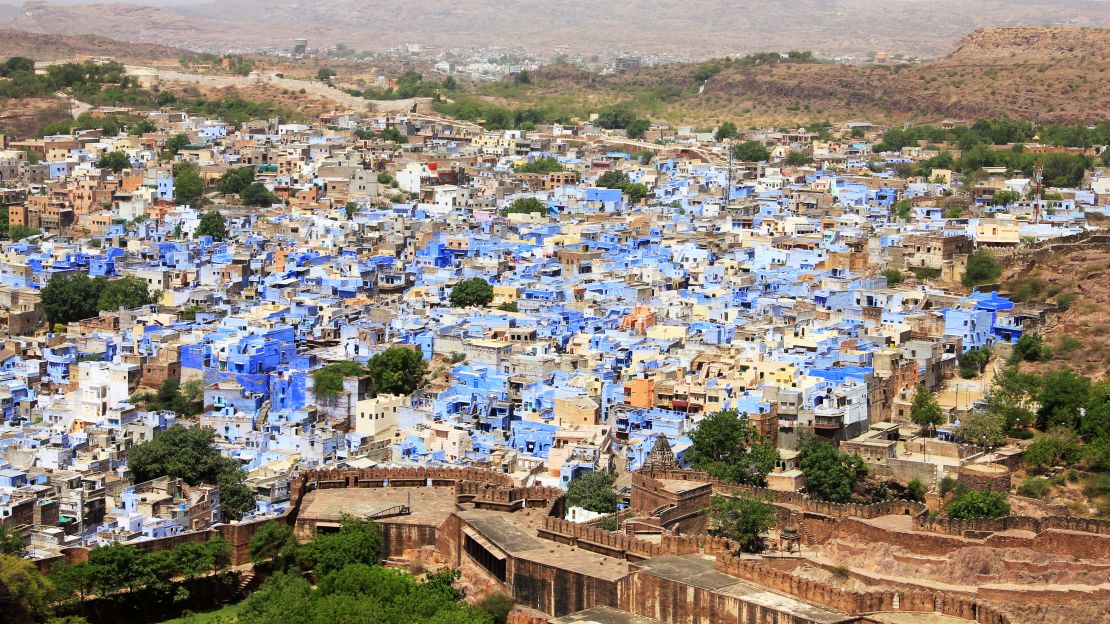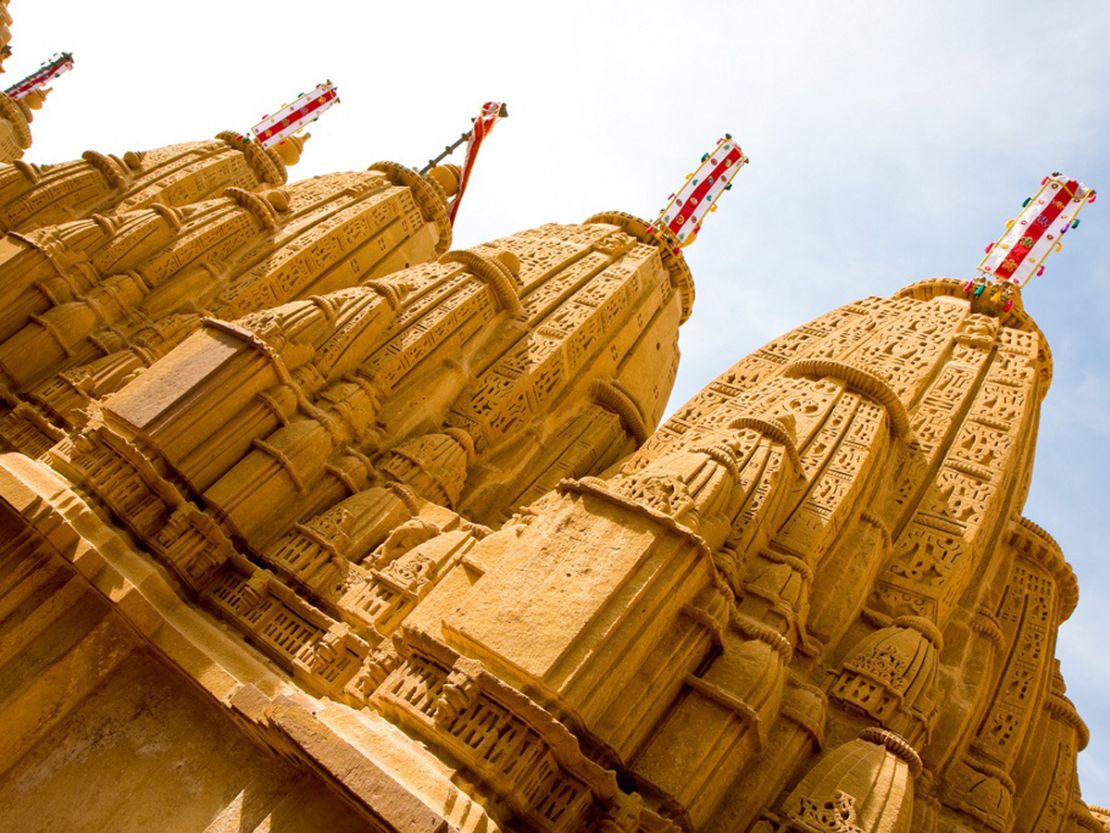India’s northern region of Rajasthan is most often associated with its royal palaces, mighty forts and flashes of color – three shades in particular.
Scattered across the desert territory, there’s the “Pink City” of Jaipur, the “Blue City” of Jodhpur and the “Gold City” of Jaisalmer – each with its own story.
“Rajasthan is the land of the great warriors, the land of the entrepreneurs, the land of the fair and festivals, land of dance and music … it’s like an open-air art gallery,” Rajasthani tour guide Dilip Singh Tanwar tells CNN Travel.
“There are so many things to see and do here, so many old stories from thousands of years of history, but you need plenty of time to see and appreciate all of these things.”
To better understand the chaos of color that is Rajasthan, we traveled through the “Land of Kings” to explore the colorful history of Jaipur, Jodhpur and Jaisalmer.
The Pink City
Famous for its salmon-hued buildings and meticulous city planning, Jaipur has long been the richest city in Rajasthan, founded in 1727 by Maharaja Jai Singh II.
The city wasn’t a uniformly rosy hue originally, but a highly anticipated visit from Prince Albert in 1876 inspired the ruler to paint the town pink, which symbolizes hospitality in Indian culture.
“King Ram Singh II saw the Red Fort in Delhi and was inspired to emulate it in his own city,” says Tanwar. “It was not possible to get the red stone to the city in the short time period, so instead he chose to paint the buildings.”
The building department set to work, mixing up a natural dye made of lime and red soil. Still today, in keeping with tradition, the government repaints the buildings every two years.

For travelers, the most popular attractions in Jaipur tend to be in the pink Old Town area, where you’ll find the pretty terracotta pink Hawa Mahal palace, City Palace, the Palace of the Winds and Jantar Mantar astronomy observatory.
“Visit Hawa Mahal in the early morning, around sunrise or before 7 a.m. – that’s the best time to get a better photo,” says Tanwar.
“This building is very special because of its stained glass and the facade, which is built entirely without a foundation. That’s the magic of the architecture.”
Another highlight is the Amber Fort, located about six miles outside of the city. Once the residence of the Rajput Maharajas, this red sandstone fort complex features grand courtyards, ornate wall mosaics and opulent halls.
Inspired by the royal architecture? Luckily, Jaipur is one of the easiest places in the world to find a regal hotel to rest your head – the city is teeming with regal heritage properties, from the Samode Palace to the Rambagh Palace, Jai Mahal Palace, SUJAN Raj Mahal and more.
Jodhpur: The blue city

About a one-hour flight west of Jaipur, Jodhpur is known for another color: sky blue.
“Why do we call it the Blue City? There are many reasons actually,” says Tanwar. “The city has a very high temperature because it’s surrounded by desert, so people started painting their houses blue to keep things cool inside.”
Tanwar says there’s another reason, too. Jodhpur is also home to Brahmins – the highest caste in Hinduism – who worship Lord Shiva. As Shiva is often associated with the color blue, worshipers often paint their homes and temples this sacred and soothing shade.
“The best way to see the ‘Blue City’ is from atop Mehrangarh Fort,” says Tanwar. “From this viewpoint, you can see the bright blue clusters, a beautiful sky blue.”

In the past, Tanwar says the communities would make natural dye from limestone and indigo flowers. But today, it’s more common for people to use a commercially produced paint rather than make it by hand.
Elsewhere in Jodhpur, travelers will find their way through the winding streets of the Old City – competing for street space with cows and zooming tuk-tuks. The ancient stepwells – formerly a main source of groundwater – double as a place to sit outside and enjoy the city’s energy.
After getting lost in the Old City’s winding streets and shoulder-to-shoulder bazaars, some quiet can be found just opposite the Mehrangarh Fort.
Here, you’ll find the royal tombs at Jaswant Thada. Surrounded by leafy gardens, the cenotaph is nicknamed the “Taj Mahal of Marwar,” since it was made using the same blinding white marble.
Jaisalmer: The Golden City

While Jaipur and Jodhpur have multiple buildings sporting their signature shades, Jaisalmer has just one.
Established in 1156, the city gets its nickname from the magnificent Jaisalmer Fort, which appears to lord over the city from a hilltop perch.
Come dusk, this medieval masterpiece shines a honey-gold hue – an effect achieved with no paint at all.
“The fort is made with local sandstone, but the secret is in how it’s cut. When you chisel the stone by hand, it comes out identical to gold,” says Tanwar.
“There were no machines back then – everything was handmade at the fort. If you try to cut it with a machine today, like many hotels do, you won’t see the same effect.”
Around the city, you’ll find various havelis (mansions) – such as Salim Singh ki Haveli and Patwon Ki Haveli – sporting incredibly ornate carvings and open-air courtyards. Most were once the homes of wealthy merchants, enriched by the lucrative Silk Road.
Thanks to its location in the heart of the Thar Desert, Jaisalmer is a wonderful jumping off point for camel safaris and desert camps.
“While you’re there, I also recommend that you see Vyas Chhatri (also known as Sunset Point),” says Tanwar. “People go there to watch the sunset. It’s a beautiful place.”















